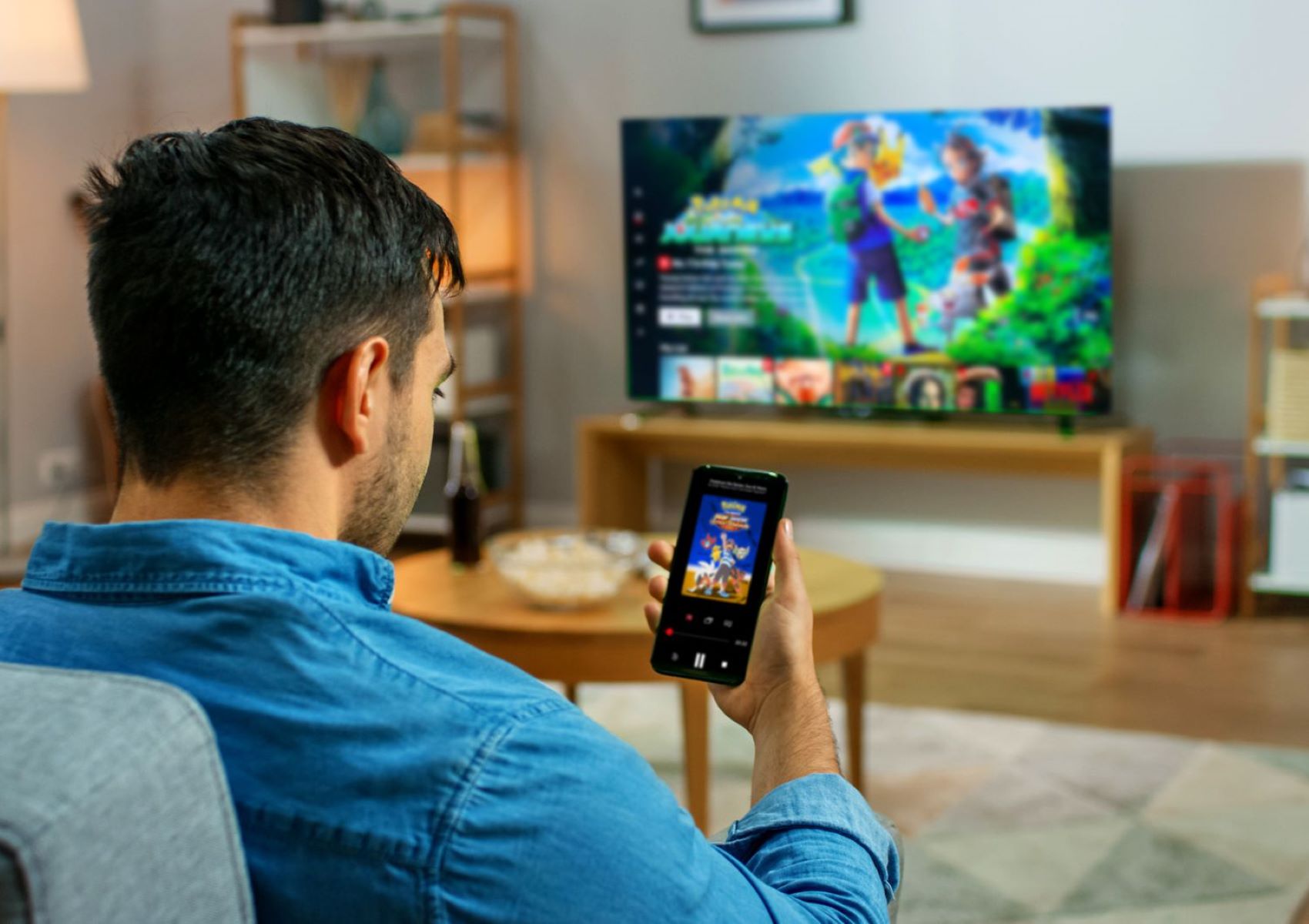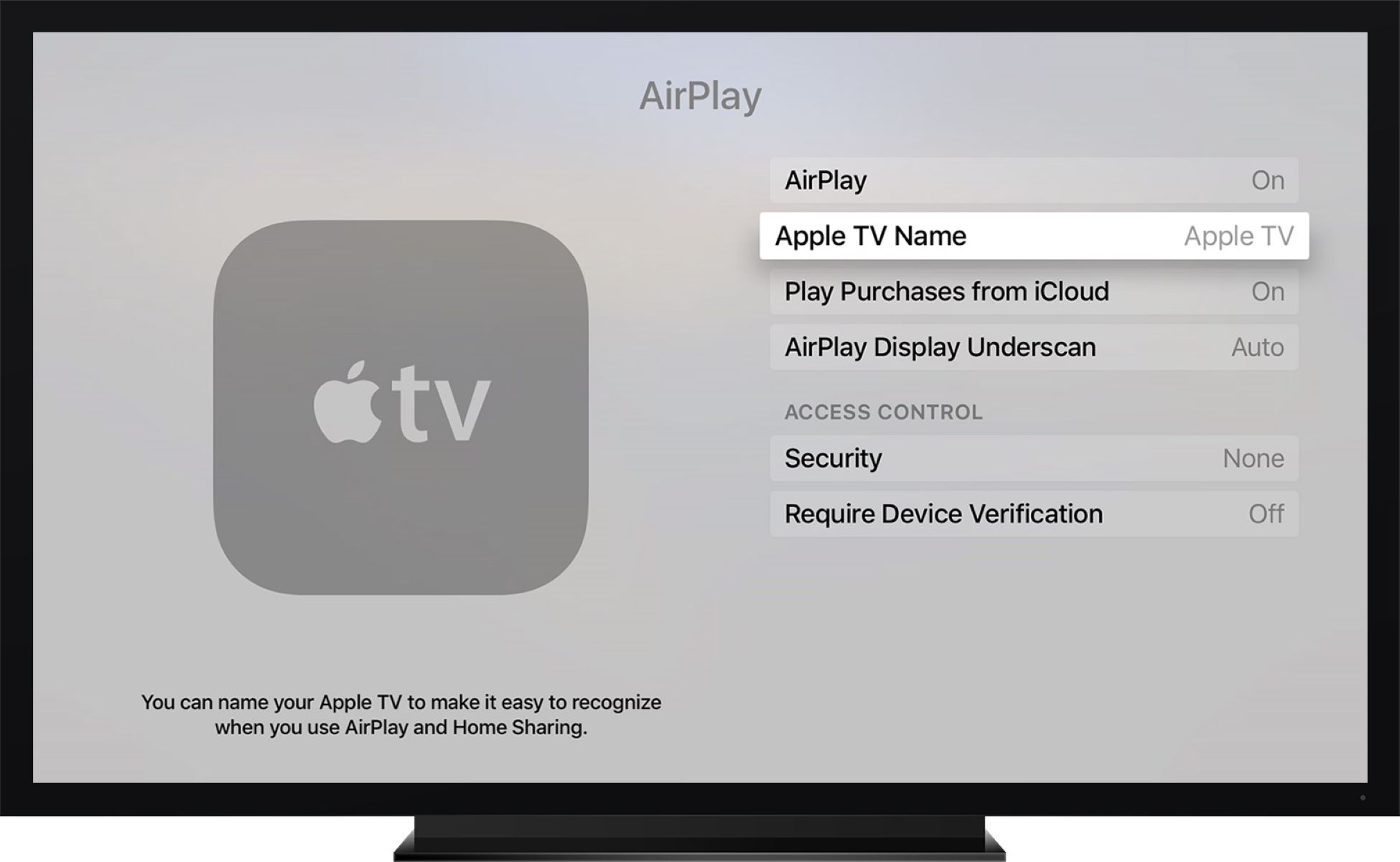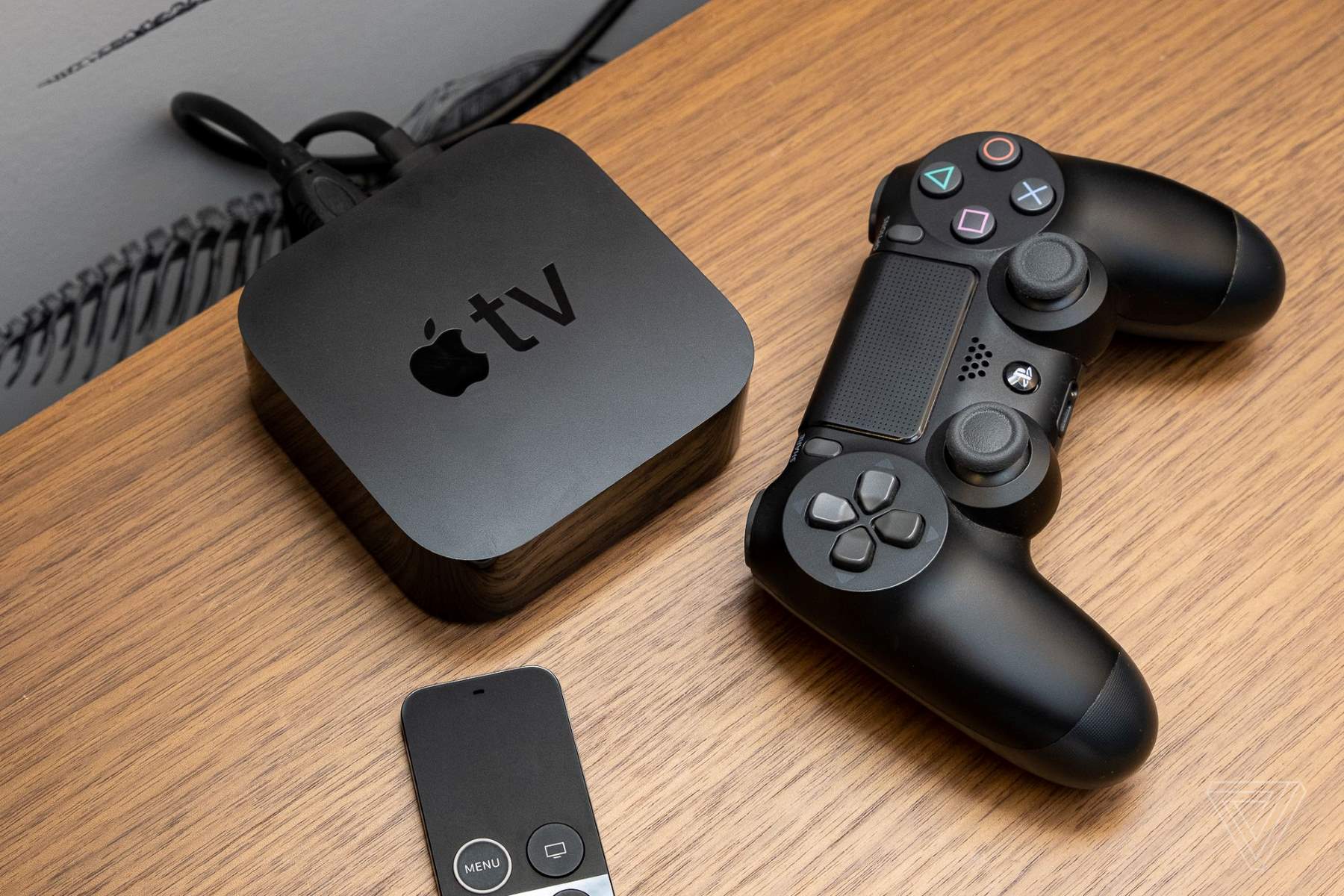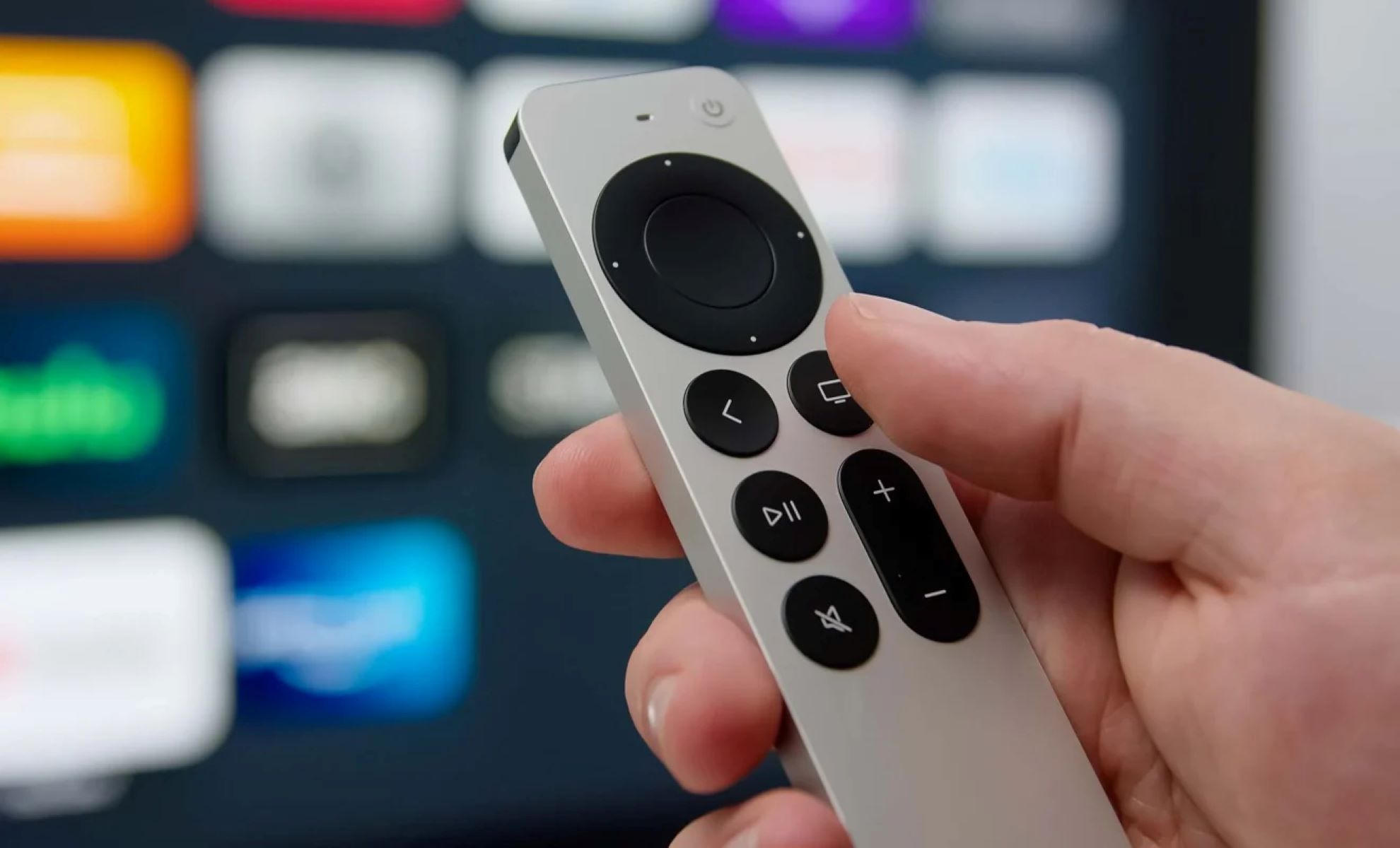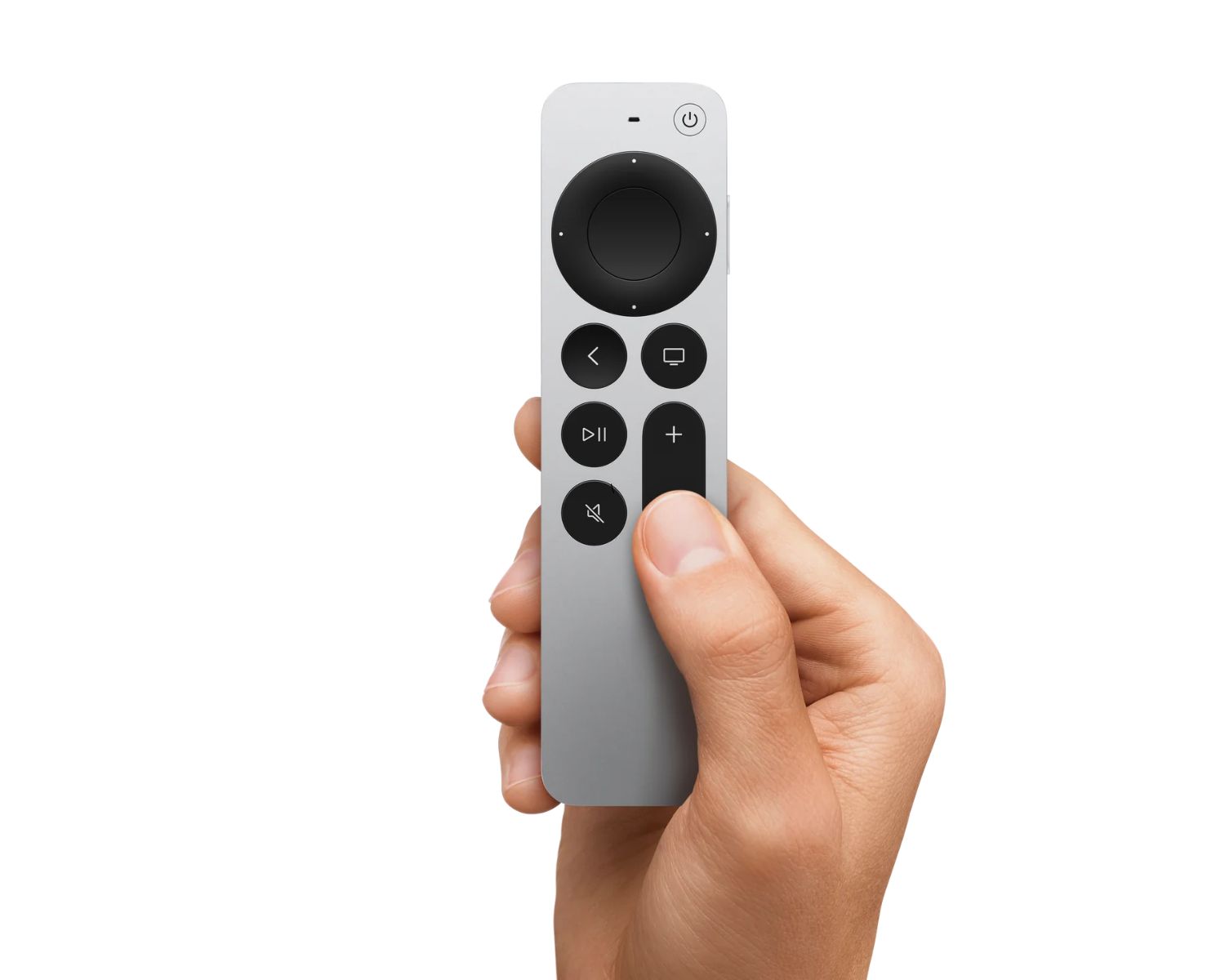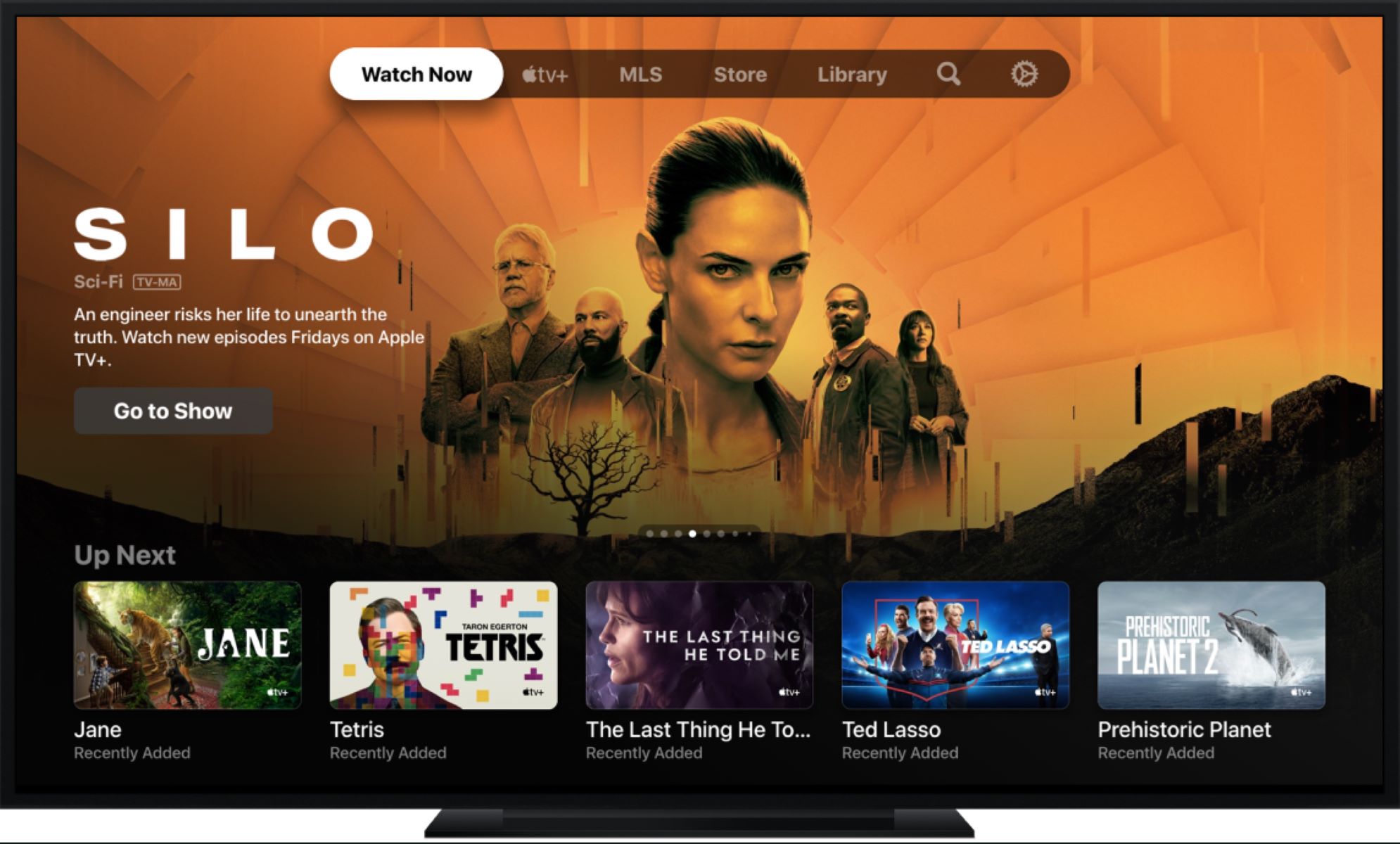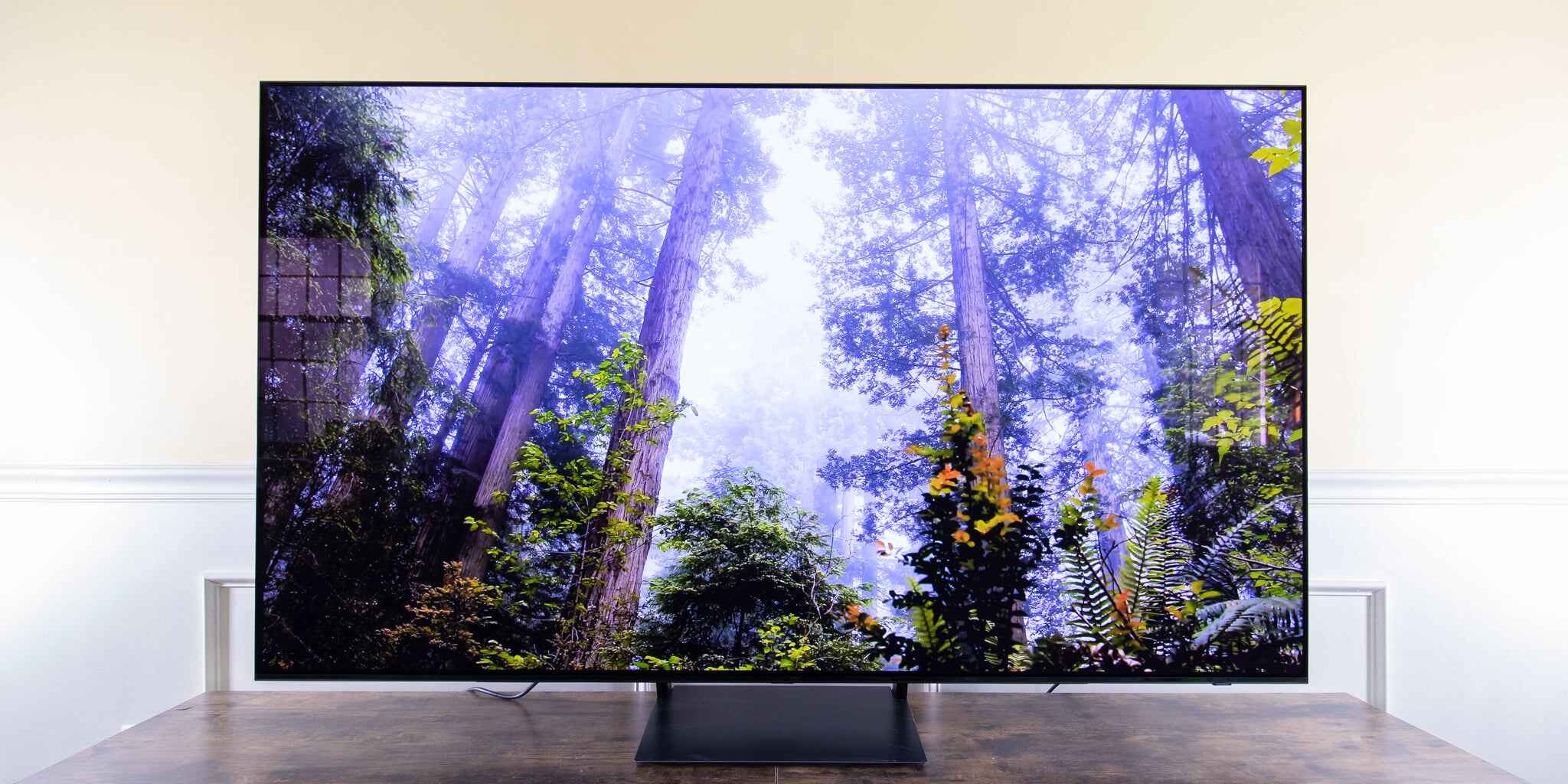Introduction
Setting up your Apple TV without a remote might seem like a daunting task, but with the right tools and techniques, it can be a breeze. Whether you misplaced your remote or you simply prefer the convenience of controlling your Apple TV using other devices, there are multiple methods that can help you connect and control your Apple TV effortlessly.
In this article, we will explore various options for connecting your Apple TV without a remote. We will guide you through the process of downloading the Remote App, connecting your Apple TV to Wi-Fi, and pairing it with the app. Additionally, we will cover alternative methods such as using the Control Center, connecting to the Home App, and utilizing HDMI-CEC compatible TVs or universal remote controls.
With these steps, you can regain control over your Apple TV and enjoy your favorite movies, TV shows, and apps without any hassle. So, let’s dive in and discover how you can connect your Apple TV without a remote!
Download the Remote App
If you find yourself without an Apple TV remote, one of the easiest solutions is to download the Apple TV Remote App on your iPhone, iPad, or iPod touch. This app allows you to control your Apple TV using your iOS device, providing a seamless and convenient remote experience.
To download the Remote App, follow these simple steps:
- Open the App Store on your iOS device.
- Search for “Apple TV Remote” in the search bar.
- Locate the official Apple TV Remote App and click on “Get” to download and install it.
Once the app is installed, ensure that your iOS device is connected to the same Wi-Fi network as your Apple TV. Launch the Apple TV Remote App and it will automatically detect any available Apple TVs connected to the same network.
The Remote App offers all the features you would typically find on the physical remote, including navigation buttons, Siri voice search, and even a touchpad for easy scrolling.
With the Apple TV Remote App installed on your iOS device, you can now control your Apple TV without the need for a physical remote. This convenient solution allows you to navigate menus, play and pause content, control volume, and much more with just a few taps on your smartphone or tablet.
So, if you’ve misplaced your Apple TV remote or prefer the convenience of using your iOS device, downloading the Remote App is an excellent option to regain control over your Apple TV.
Connect Apple TV to Wi-Fi
In order to control your Apple TV without a remote, you first need to ensure that it is connected to your Wi-Fi network. Here’s how you can connect your Apple TV to Wi-Fi:
- Ensure that your Apple TV is powered on and connected to your TV via an HDMI cable.
- Using the navigational buttons on the Apple TV itself or the Apple TV Remote App on your iOS device, navigate to the Settings menu.
- Select “Network” from the list of options.
- Under the Network menu, select “Wi-Fi” to access the Wi-Fi settings.
- A list of available Wi-Fi networks will appear on the screen. Select your network from the list.
- If your network is password-protected, enter the password using the on-screen keyboard.
- Once you have entered the correct password, select “Connect” to establish a connection to your Wi-Fi network.
After successfully connecting your Apple TV to Wi-Fi, you will be able to access various streaming services, apps, and content on your TV.
If you are still having trouble connecting your Apple TV to Wi-Fi, make sure that your Wi-Fi router is functioning properly and that you are within range of the network. You may need to reset your router or contact your internet service provider for further assistance.
Once your Apple TV is connected to Wi-Fi, you can move on to the next step, which is pairing it with the Remote App or utilizing alternative methods to control your Apple TV without a physical remote.
Pair the Apple TV with the Remote App
After connecting your Apple TV to Wi-Fi, the next step is to pair it with the Remote App on your iOS device. This will enable you to control your Apple TV using your smartphone or tablet. Here’s how you can pair your Apple TV with the Remote App:
- Ensure that both your Apple TV and iOS device are connected to the same Wi-Fi network.
- Launch the Remote App on your iOS device.
- The app will automatically detect any available Apple TVs on the network. Select your Apple TV from the list.
- A four-digit code will appear on your TV screen. Enter this code on your iOS device to establish the pairing.
Once the pairing process is complete, your iOS device will be successfully connected and synced with your Apple TV. You will now have full control over your Apple TV using the Remote App.
The Remote App replicates the functionality of a physical remote, allowing you to navigate through menus, control playback, adjust volume, and even use Siri voice commands. It offers a seamless and intuitive control experience, making it a convenient alternative when your physical remote is unavailable.
If you encounter any issues while pairing the Remote App with your Apple TV, make sure that both devices are on the same Wi-Fi network and that you have entered the correct code. Restarting both devices and ensuring that they have the latest software updates can also help resolve any connectivity issues.
With your Apple TV successfully paired with the Remote App, you can now enjoy the full range of features and functionalities without relying on a physical remote.
Use Control Center to Control Apple TV
If you have an iPhone or iPad running on iOS 11 or later, you can take advantage of the Control Center to control your Apple TV without the need for a separate remote. The Control Center provides quick access to various settings and features, including Apple TV control. Here’s how you can use the Control Center to control your Apple TV:
- Ensure that your iPhone or iPad and Apple TV are connected to the same Wi-Fi network.
- Swipe up from the bottom of your iPhone or iPad screen to access the Control Center.
- On the Control Center screen, look for the “Remote” icon. It looks like a TV screen with a remote control.
- Tap on the “Remote” icon to open the Apple TV control interface.
- Select your Apple TV from the available options.
Once you have selected your Apple TV, you can use the virtual buttons and touch gestures on your iPhone or iPad screen to control your Apple TV. You can navigate through menus, play and pause content, adjust volume, and perform other functions.
Additionally, the Control Center also provides quick access to the virtual remote on your iPhone or iPad’s lock screen. Simply wake your device and swipe left to bring up the lock screen remote control.
Using the Control Center to control your Apple TV offers the convenience of a virtual remote control always available at your fingertips. It eliminates the need for a physical remote and provides a seamless control experience.
It’s important to note that the Control Center method may not be available on older versions of iOS or on devices that do not support it. In such cases, you can explore alternative methods, such as using the Remote App or other compatible devices, to control your Apple TV.
Connect Apple TV to the Home App
If you own a HomeKit-enabled smart home and use the Home App to control your devices, you can integrate your Apple TV into the app for seamless control and automation. By connecting your Apple TV to the Home App, you can control your Apple TV using the app’s interface on your iOS device. Here’s how you can connect your Apple TV to the Home App:
- Ensure that your Apple TV and iOS device are connected to the same Wi-Fi network.
- Open the Home App on your iOS device.
- Tap on the “+” icon to add a new device.
- Select “Add Accessory” from the options.
- On your Apple TV, navigate to Settings > AirPlay and HomeKit and make sure that “Allow Access” is enabled.
- Back on your iOS device, the Home App should detect your Apple TV. Tap on it to add it to your home.
- Follow the on-screen instructions to complete the setup process.
Once your Apple TV is connected to the Home App, you can control it using the app’s interface. You can navigate through menus, play and pause content, adjust volume, and even create automation with other HomeKit-enabled devices in your smart home.
The Home App offers a centralized control hub, allowing you to manage multiple devices and scenes in a single interface. You can create custom scenes and automations that involve your Apple TV, such as automatically turning on your TV and launching a specific app when you arrive home.
Additionally, utilizing the Home App to control your Apple TV opens up possibilities for voice control using Siri. You can use Siri commands on your iOS device or connected HomePod, AirPods, or other Siri-enabled devices to control your Apple TV hands-free.
By connecting your Apple TV to the Home App, you can streamline your smart home control experience and incorporate your Apple TV into your home automation setup.
Use an HDMI-CEC Compatible TV to Control Apple TV
If you have a TV with HDMI-CEC (Consumer Electronics Control) compatibility, you can utilize this feature to control your Apple TV without a separate remote. HDMI-CEC allows for seamless communication between devices connected through HDMI, enabling you to control certain functions of your Apple TV using your TV’s remote control. Here’s how you can use HDMI-CEC to control your Apple TV:
- Ensure that your TV is HDMI-CEC compatible. Look for HDMI-CEC-related terms such as “Bravia Sync” (Sony), “Anynet+” (Samsung), “Simplink” (LG), or “VIERA Link” (Panasonic).
- Connect your Apple TV to the HDMI port on your TV using an HDMI cable.
- Enable HDMI-CEC functionality on your TV. This step may vary depending on the brand and model of your TV, so consult the user manual or the manufacturer’s website for instructions.
- On your TV remote, look for a button or menu option that activates the control of external devices or HDMI-CEC. This could be labeled as “Input,” “Source,” “Menu,” or have a specific HDMI-CEC logo.
- Select the HDMI input where your Apple TV is connected.
Once configured, you will be able to control certain functions of your Apple TV using your TV’s remote control. The specific controls may vary depending on your TV’s capabilities, but common functions include navigation, play/pause, volume control, and power on/off.
You can use the directional buttons on your TV remote to navigate through the Apple TV menus. Selecting and playing content can typically be done using the “Enter” or “OK” button. Volume control on your TV remote should adjust the audio output of your Apple TV.
Using an HDMI-CEC compatible TV to control your Apple TV provides a convenient solution if you prefer using a single remote control for multiple devices. Please note that not all TV models and manufacturers support all Apple TV functions through HDMI-CEC. It’s recommended to check the specific capabilities and limitations of your TV model in its user manual or manufacturer’s website.
If you encounter any issues with HDMI-CEC functionality, ensure that your Apple TV has the latest software updates and that the HDMI-CEC feature is properly configured on both your TV and Apple TV.
By leveraging HDMI-CEC, you can simplify your control setup and have a more integrated experience between your TV and Apple TV.
Use a Universal Remote Control to Control Apple TV
If you prefer a more traditional approach to controlling your Apple TV without a specific Apple remote, using a universal remote control can be an excellent solution. A universal remote allows you to consolidate the control of multiple devices, including your Apple TV, into a single remote. Here’s how you can use a universal remote control to control your Apple TV:
- Purchase a universal remote control that is compatible with your Apple TV and other devices. Look for a remote that supports Apple TV or has programmable features.
- Follow the instructions provided by the universal remote manufacturer to set up and configure the remote.
- Program the universal remote control to recognize and control your Apple TV. This process may vary depending on the brand and model of the remote, so refer to the user manual for specific instructions.
- If your universal remote has a code search function, follow the on-screen prompts to search for the correct code for your Apple TV. Alternatively, you may need to manually input the correct code provided in the Apple TV’s documentation.
- Once programmed, test the remote to ensure it can control your Apple TV. You should be able to navigate menus, play/pause content, adjust volume, and perform other basic functions.
By using a universal remote control, you can enjoy a more familiar and tactile control experience for your Apple TV. You won’t need to switch between multiple remotes or rely on alternate control methods.
However, it’s important to note that not all universal remote controls support all Apple TV features and functionalities. Some advanced features, such as Siri voice control or touchpad navigation, may not be accessible through a universal remote. Refer to the universal remote’s documentation or contact the manufacturer for details on the supported Apple TV functions.
In case you encounter any difficulties during the setup process, ensure that your universal remote is compatible with your Apple TV model and that you have inputted the correct programming codes. It may also be helpful to update the software on your Apple TV to the latest version.
Embracing the use of a universal remote control allows you to have a consolidated control solution for your Apple TV and other devices, providing ease and convenience in managing your entertainment system.
Conclusion
Connecting and controlling your Apple TV without a physical remote is not only possible but also relatively straightforward. By leveraging various methods such as downloading the Remote App, using the Control Center, connecting to the Home App, utilizing HDMI-CEC compatible TVs, or employing a universal remote control, you can regain control over your Apple TV and enjoy a seamless and convenient viewing experience.
The Remote App offers the convenience of using your iOS device as a virtual remote, providing all the necessary controls at your fingertips. The Control Center allows for quick access to Apple TV control functions directly from your iPhone or iPad, while integration with the Home App lets you incorporate your Apple TV into your smart home setup. HDMI-CEC compatibility enables you to control your Apple TV using your TV’s remote, offering a more traditional control option. And, of course, a universal remote control allows you to consolidate control of multiple devices into a single remote, including your Apple TV.
Although each method has its own advantages and limitations, selecting the one that best suits your needs and preferences is key. Ensure that your Apple TV and desired controlling device are connected to the same Wi-Fi network, and follow the respective setup instructions for each method.
With these options at your disposal, you can enjoy uninterrupted access to your favorite content, effortlessly navigating through menus, adjusting volume, and controlling playback on your Apple TV.
Remember to explore the capabilities of each method, taking into account any specific features or limitations, such as Siri voice control availability or compatibility with older TV models.
By following the steps outlined in this article, you can confidently connect and control your Apple TV without a remote, transforming your viewing experience into an effortless and enjoyable one.







